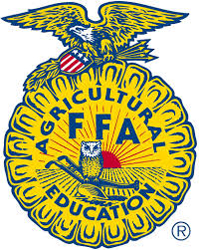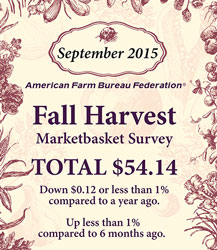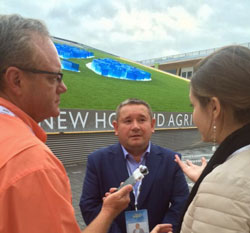 More than ever agriculture needs a passionate, skilled and educated generation ready to fight global hunger and expand sustainability. The National FFA Organization is ready and expanding.
More than ever agriculture needs a passionate, skilled and educated generation ready to fight global hunger and expand sustainability. The National FFA Organization is ready and expanding.
Today, FFA membership stands at 629,367 students, up from 610,240 in 2014, an increase of 3 percent. The number of chapters grew from 7,665 in 2014 to 7,757 in 2015. The top five membership states are Texas, California, Georgia, Oklahoma and Missouri. Interest in FFA and agricultural education continues to grow, as membership has increased more than 20 percent since 2009-10.
“FFA, through agricultural education, is preparing our youth to ensure the security of our country’s food, fiber and natural resources for years to come,” said National FFA Organization CEO Dwight Armstrong, Ph.D. “Through real-world experiences, the nation’s agricultural educators are helping students develop the technical knowledge, skills and problem-solving capabilities to be the industry’s leaders of tomorrow. FFA continues to grow leaders, build communities and strengthen agriculture.”
Alumni member ship is also up, with 62,705 members in 2015 from 57,832 last year. Alumni are an integral part of the organization, providing financial support and volunteers to local teachers.













